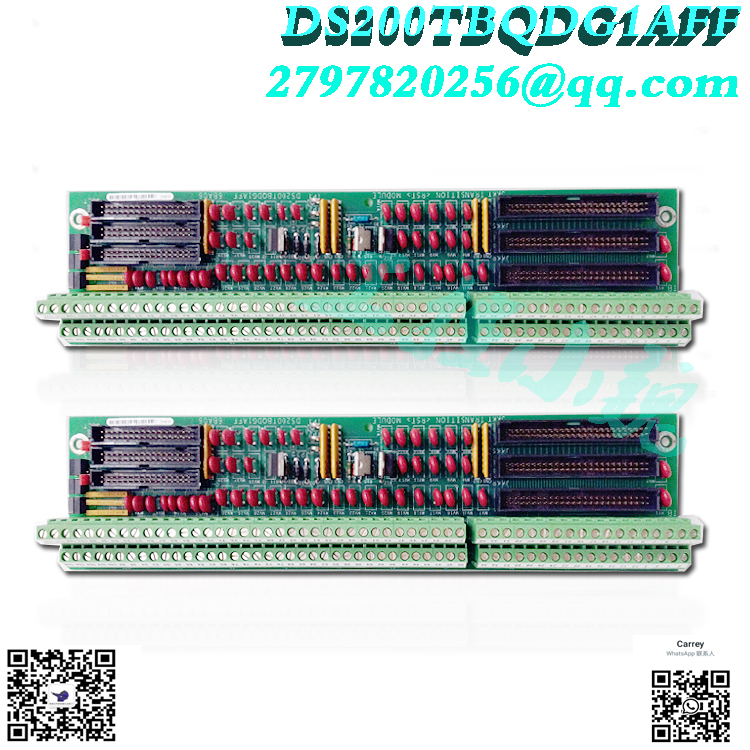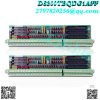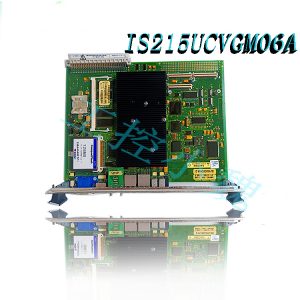Description
DS200DDTBG1A – ADMA TERMINAL BOARD is available in stock which ships the same day.
DS200DDTBG1A – ADMA TERMINAL BOARD comes in UNUSED as well as REBUILT condition.
To avail our best deals for DS200DDTBG1A – ADMA TERMINAL BOARD, contact us and we will get back to you within 24 hours.
The DS200DDTBG1A model is an LCI Auxiliary I/O Terminal Board from the LS2100 Series produced by General Electric. This model is connected to the IS200ADMAH1A. The DS200DDTBG1A model has seventeen LEDs, one LED indicates status while the others are software and hardware driven.
Product Description
The DS200DDTBG1A model is known as an Auxiliary Input Output Terminal Board and information on it can be found on page twenty of the GEH-6373 series manual. This model is best suited to be used as a terminal board for all of the auxiliary inputs and outputs. There is a parts manual labeled GEH-100219 which details function, general features, application data as well as warranty and replacement information.
Within the DS200DDTBG1A model, there is an add-only electronic ID memory feature that contains all of the board identification and hardware revision information. To access this memory you must go through the 1-wire LAN which allows for the attached DSPC board to identify the boards that are present within the system.https://www.weikunfadacai1.com/
The DS200DDTBG1A model is equipped with a 4-20 mA current loop input which allows for the LEM or CT input channels to be reassigned within the model, to perform this function certain jumpers must be reset. This model is also equipped with thirty-three test points which can be used for signal measurement. This model has a total of 17 LEDs, one of the LEDs on this board is used to indicate the status of the DS200DDTBG1A board while the other fifteen are software and hardware driven.
Frequently Asked Questions about DS200DDTBG1A
What is a DS200DDTBG1A Terminal Board?
The DS200DDTBG1A is a LCI Auxiliary I/O Terminal Board that is used GE LS2100 Control Systems.
What manual is best used to help operate and install the DS200DDTBG1A board?
There is a parts-specific manual labeled as the GEI-100219 LCI Auxiliary I/O Terminal Board that can help with the operation and installation needs and a series manual labeled as the GEH-6373 Load Commutated Inverter User’s Manual. Both of these manuals can be found attached within the Manuals tab above.
Where is the power for the DS200DDTBG1A board derived from?
The power for the DS200DDTBG1A board is provided from the attached ADMA board.
The DS200DDTBG1A board has high voltage AC inputs, high current signal inputs, low current signal inputs, and 4-20 mA current loop inputs, but undedicated voltage inputs as well. What are the undedicated voltage inputs?
The undedicated voltage inputs are inputs that are provided through a differential input voltage amplifier that feeds an analog VCO input to the ADMA board. The makeup of this these inputs are screw-type terminal blocks and are protected from voltage surges.
There are 12 jumpers on the DS200DDTBG1A board what are these jumpers used for?
The purpose of the jumpers is to reassign the LEM and CT input channels to become inputs for 4-20 mA current loop signals.
There are four voltage outputs on the DS200DDTBG1A board, what are these outputs, and what is their makeup?
The four voltage outputs on the DDTB board are buffered analog outputs which are available at screw terminals. Each output has a 200-ohm series resistor that allows for the isolation of the amplifier from the customer connection. Included in the buffer outputs is a gain of two that provides a ±10 V output range from the ±5 V from the attached ADMA board.
Reviews For DS200DDTBG1A
The DS200DDTBG1A model is used for system connections of auxiliary input/output signals, when being used this model will also connect to a DS200ADMA board. Relative to other terminal boards in GE turbine control applications, the DS200DDTBG1A has a low failure rate and longer than average lifetime in a system. We would certainly recommend using a DDTB terminal board in all LS2100 turbine control systems.
Model recommendation:


.jpg)
.jpg)

-100x100.jpg)
-100x100.jpg)
-300x300.jpg)
-300x300.jpg)

Reviews
There are no reviews yet.